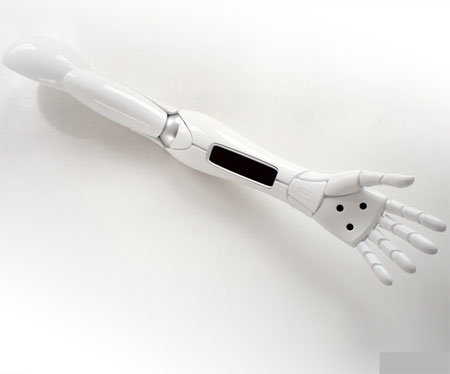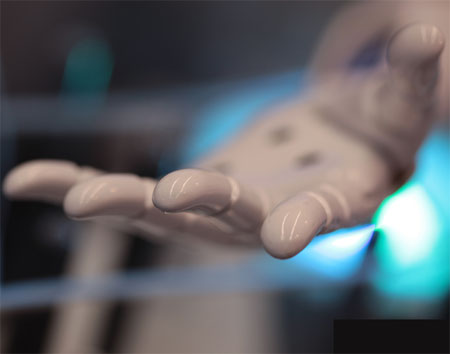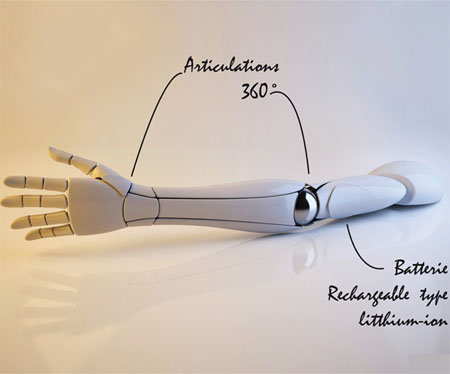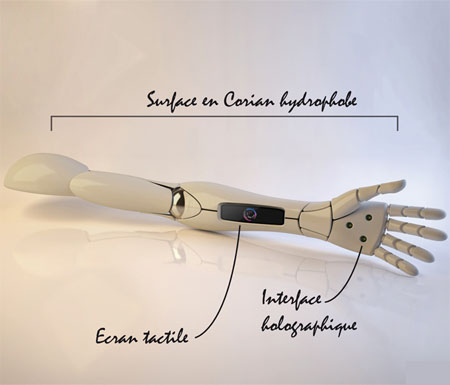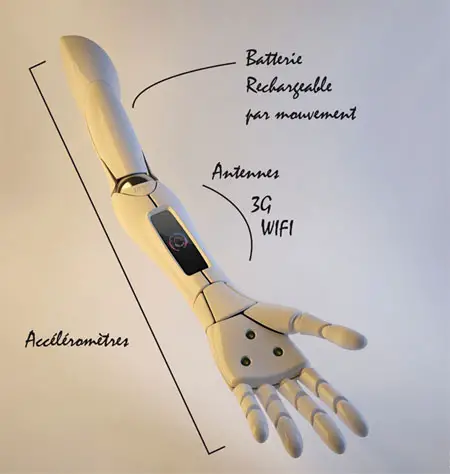Complicated Mechanism Explained via Simple Animations:
Radial Engines
Radial engines are used in aircrafts having propeller connected to the shaft delivering power in order to produce thrust its basic mechanism is as follows
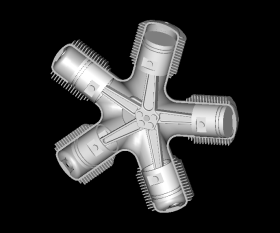
Steam engine Principle
Steam engine once used in locomotives was based on the reciprocating principle as shown below
Sewing Machine
Maltese Cross Mechanism
this type of mechanism is used in clocks to power the second hand movement.
Manual Transmission Mechanism
The mechanism also called as “stick shift” is used in cars to change gears mannually
Constant Velocity Joint
This mechanism is used in the front wheel drive cars
Constant-velocity joints (aka homokinetic or CV joints) allow a drive shaft to transmit power through a variable angle, at constant rotational speed, without an appreciable increase in friction or play. They are mainly used in front wheel drive and all wheel drive cars. Rear wheel drive cars with independent rear suspension typically use CV joints at the ends of the rear axle halfshafts, and increasingly use them on the propshafts.
Torpedo-Boat destroyer System
This system is used to destroy fleet in naval military operations.
Rotary Engine
Also called as Wankel engine is a type of internal combustion engine has a unique design that converts pressure into rotating motion instead of reciprocating pistons
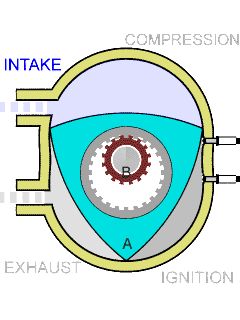
Proving the Pythagorean Theorem Through Rearrangement
How an Alpha Stirling Engine Works
A Stirling engine is a heat engine operating by cyclic compression and expansion of air or other gas, the working fluid, at different temperature levels such that there is a net conversion of heat energy to mechanical work. Or more specifically, a closed-cycle regenerative heat engine with a permanently gaseous working fluid, where closed-cycle is defined as a thermodynamic system in which the working fluid is permanently contained within the system, and regenerative describes the use of a specific type of internal heat exchanger and thermal store, known as the regenerator. It is the inclusion of a regenerator that differentiates the Stirling engine from other closed cycle hot air engines.
How a Hypotrochoid is Made
A hypotrochoid is a roulette traced by a point attached to a circle of radius r rolling around the inside of a fixed circle of radius R, where the point is a distance d from the center of the interior circle.
Illustrating Pi: Unrolling a Circle’s Circumference
How the Sun and Planet Gear Works
The sun and planet gear (also called the planet and sun gear) was a method of converting reciprocal motion to rotary motion and was utilised in a reciprocating steam engine. It was invented by the Scottish engineer William Murdoch, an employee of Boulton and Watt, but was patented by James Watt in October 1781. It was invented to bypass the patent on the crank, held by James Pickard. It played an important part in the development of devices for rotation in the Industrial Revolution.
How a Pill Press Works
Tablet press is a mechanical device that compresses powder into tablets of uniform size and weight. A press can be used to manufacture tablets of a wide variety of materials, including pharmaceuticals, illicit drugs such as MDMA, cleaning products, and cosmetics. To form a tablet, the granulated material must be metered into a cavity formed by two punches and a die, and then the punches must be pressed together with great force to fuse the material together.
Knight’s Tour: How a Knight Visits Every Square Once
A knight’s tour is a sequence of moves of a knight on a chessboard such that the knight visits every square exactly once. The exact number of open tours on an 8×8 chessboard is still unknown.
Creating a program to find a knight’s tour is a common problem given to computer science students. Variations of the knight’s tour problem involve chessboards of different sizes than the usual 8 × 8, as well as irregular (non-rectangular) board
How Walschaerts Valve Gear in Steam Locomotives Works
The Walschaerts valve gear is a type of valve gear invented by Belgian railway mechanical engineer Egide Walschaerts in 1844 used to regulate the flow of steam to the pistons in Steam Engines. The gear is sometimes named without the final “s”, since it was incorrectly patented under that name. It was extensively used in steam locomotives from the late 19th century until the end of the steam era.
What a Tesseract (4D Cube) Looks Like
In geometry, the tesseract, also called an 8-cell or regular octachoron or cubic prism, is the four-dimensional analog of the cube; the tesseract is to the cube as the cube is to the square. Just as the surface of the cube consists of 6 square faces, the hypersurface of the tesseract consists of 8 cubical cells.
How Circle Strafing Works
In video games, strafing is the technique of moving the player’s character from side to side, rather than forward and backward. Circle strafing is the technique of moving around a target in a circle while facing it. Circle strafing allows a player to fire continuously at an opponent while dodging counterattacks. By rapidly circling the opponent, the player evades the opponent’s sights.
How a Caliper Works




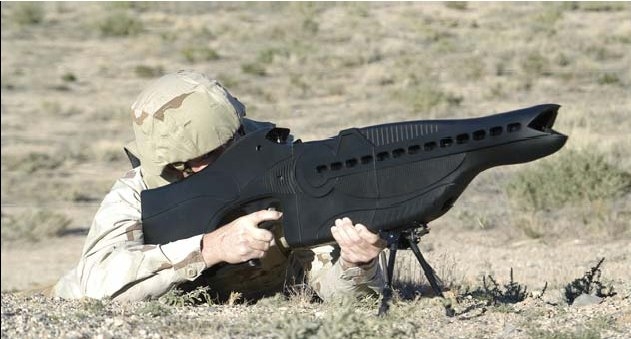

















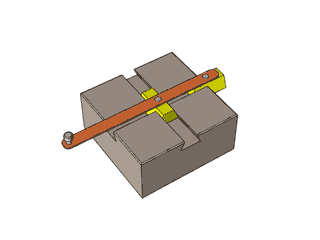
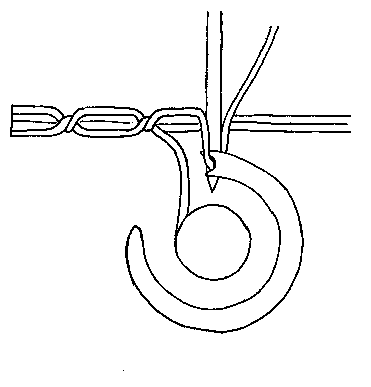
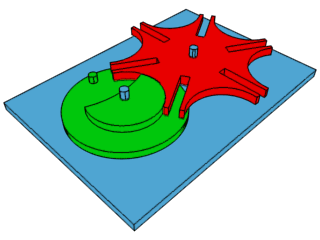
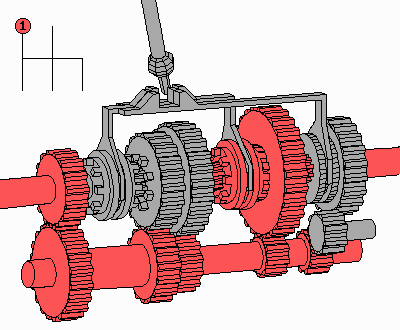
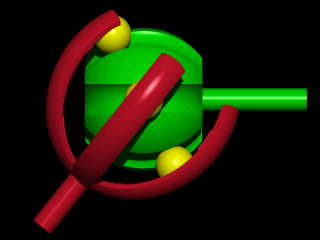
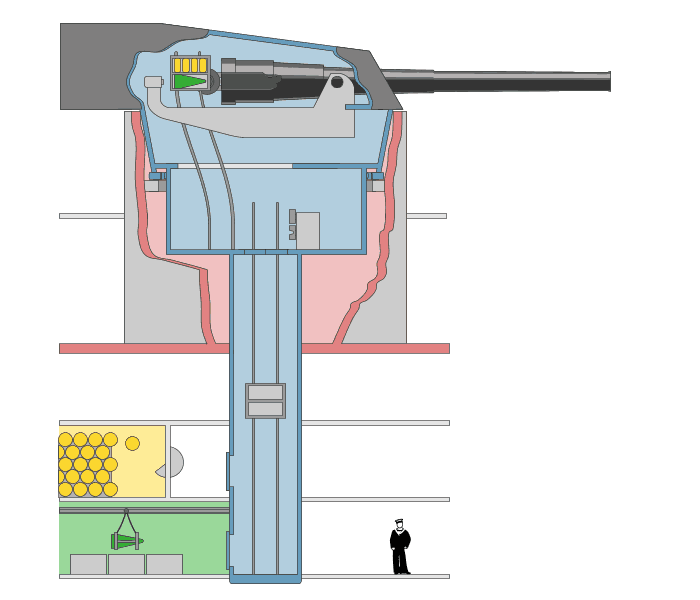

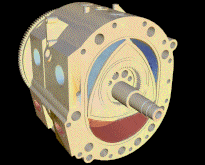















 The HULC allows soldiers to carry weight of up to 91kg with little effort
The HULC allows soldiers to carry weight of up to 91kg with little effort

